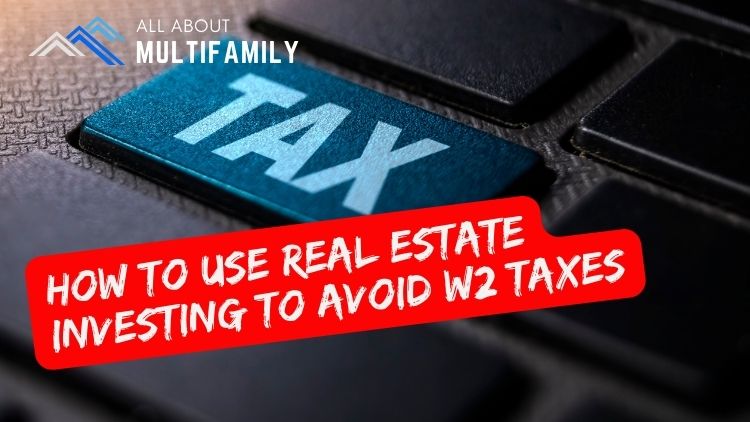When borrowers enter into loan agreements, it’s essential to be aware of the terms and conditions that govern the lending relationship. One critical provision that both borrowers and lenders should understand is the acceleration clause. This contractual provision empowers the lender with the right to demand immediate payment of the entire outstanding loan balance if specific conditions or defaults occur. In this article, we’ll delve into the concept of the acceleration clause, its significance, and its implications for borrowers.
What is an Acceleration Clause?
An acceleration clause, also known as an “acceleration covenant” or “due-on-sale clause,” is a legal provision found in loan agreements, such as mortgages, promissory notes, or commercial loans. This clause grants the lender the authority to accelerate the loan, requiring the borrower to repay the entire outstanding balance, including principal, interest, and any applicable fees, immediately. This acceleration of the loan typically occurs when certain predetermined conditions are not met or when the borrower defaults on the loan.
Key Components of an Acceleration Clause:
To better understand this provision, let’s break down its key components:
- Default Conditions: Acceleration clauses typically specify the conditions that, if breached, trigger the lender’s right to accelerate the loan. Common default conditions may include failure to make timely payments, breaching other terms of the loan agreement (e.g., maintaining insurance coverage), or a significant drop in the property’s value (for mortgages).
- Notice Requirement: The clause often requires the lender to provide the borrower with a notice of default before accelerating the loan. This notice gives the borrower an opportunity to remedy the default within a specified grace period.
- Cure Period: In many cases, the borrower has a limited period, known as a “cure period,” to rectify the default by addressing the specified conditions. If the borrower successfully cures the default, the lender’s right to accelerate the loan is typically revoked.
Significance and Implications for Borrowers:
Understanding the acceleration clause is crucial for borrowers because it has significant implications:
- Risk of Immediate Repayment: If a borrower defaults or fails to meet specific conditions, the lender can demand full repayment of the loan, which can be financially burdensome and potentially lead to foreclosure in the case of mortgage loans.
- Impact on Property Ownership: In mortgage agreements, the acceleration clause can be used to trigger foreclosure proceedings, potentially resulting in the loss of the property if the borrower cannot meet the accelerated payment requirement.
- Financial Planning: Borrowers should be aware of the potential consequences of a loan default and the accelerated repayment. It’s important to have a financial plan in place to address such situations or to negotiate with the lender to avoid acceleration.
Conclusion:
The acceleration clause in loan agreements is a powerful tool that lenders use to protect their interests and ensure borrowers adhere to the terms of the loan. Borrowers should thoroughly review their loan agreements, understand the conditions that trigger acceleration, and have a contingency plan in place to address potential defaults. Being informed about this provision is essential to maintaining a healthy lending relationship and avoiding the financial consequences of accelerated repayment.













































![An In-Depth Look at Jake and Gino's Coaching Program [A Review]](https://allaboutmultifamilyinvesting.com/wp-content/uploads/2023/10/AAM-BMP-Blog-Covers-750-×-422px-6.jpg)


![Email Marketing Tips for Multifamily Real Estate Syndicators to Raise Capital [Templates included]](https://allaboutmultifamilyinvesting.com/wp-content/uploads/2023/09/AAM-BMP-Blog-Covers-750-×-422px-4.jpg)






![The Richest Kids In America [Book Review]](https://allaboutmultifamilyinvesting.com/wp-content/uploads/2023/09/AAM-BMP-Blog-Covers-750-×-422px-84.jpg)
















